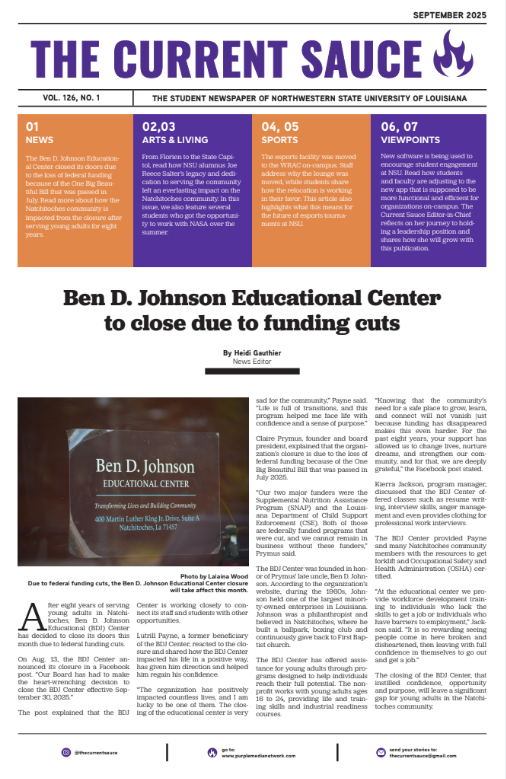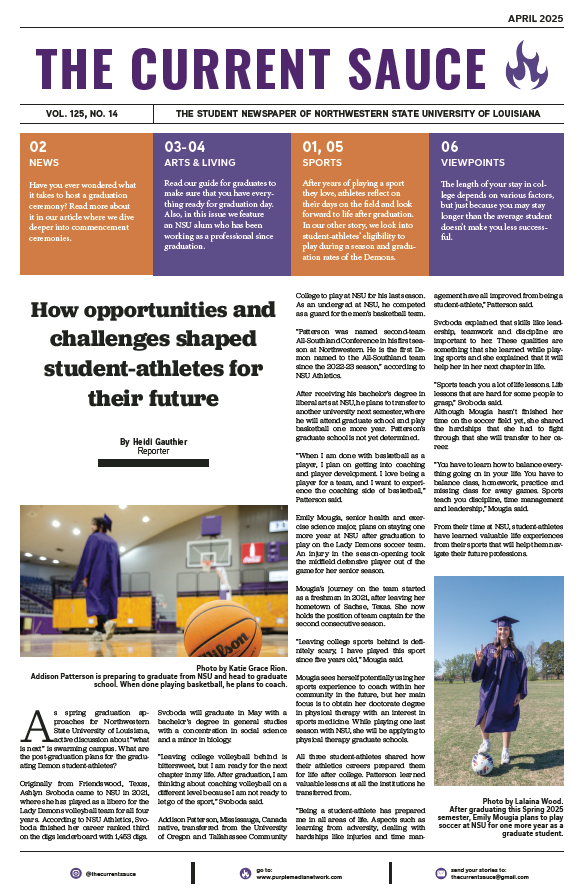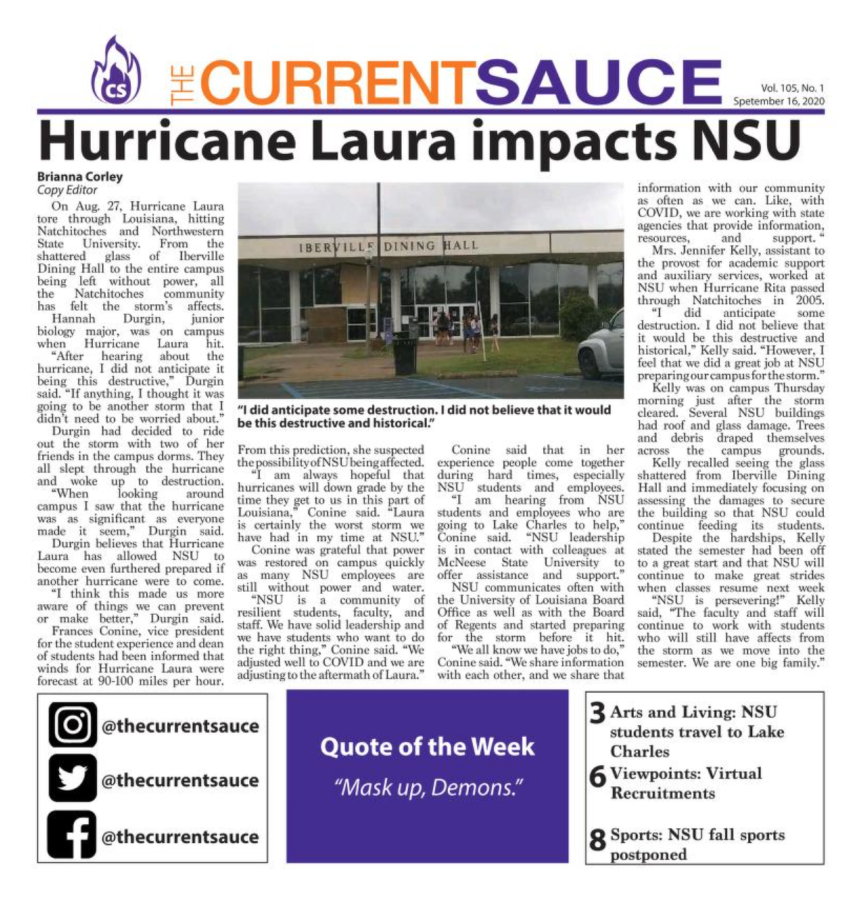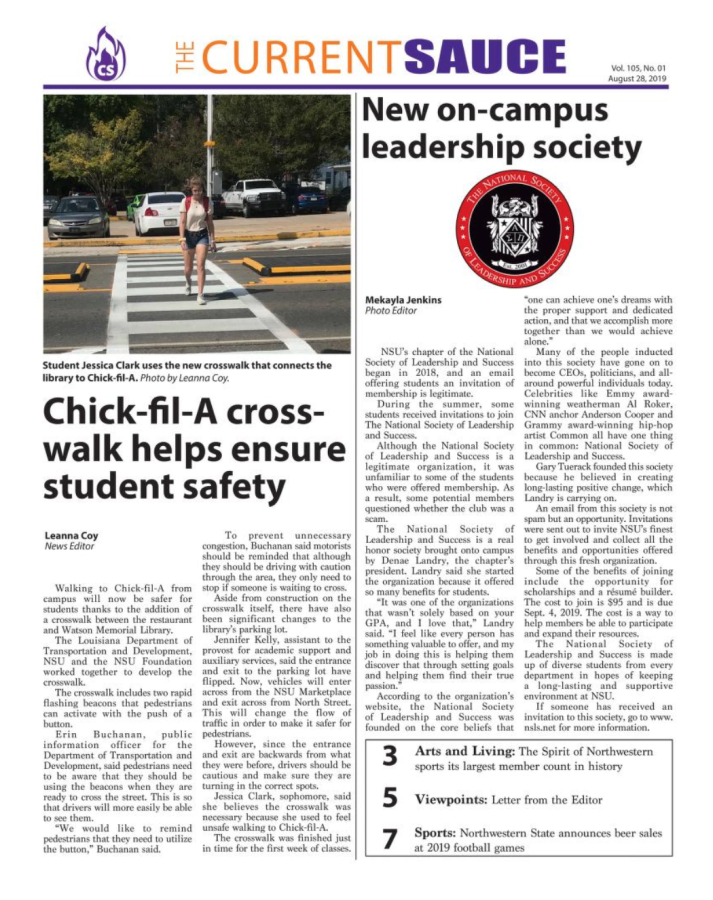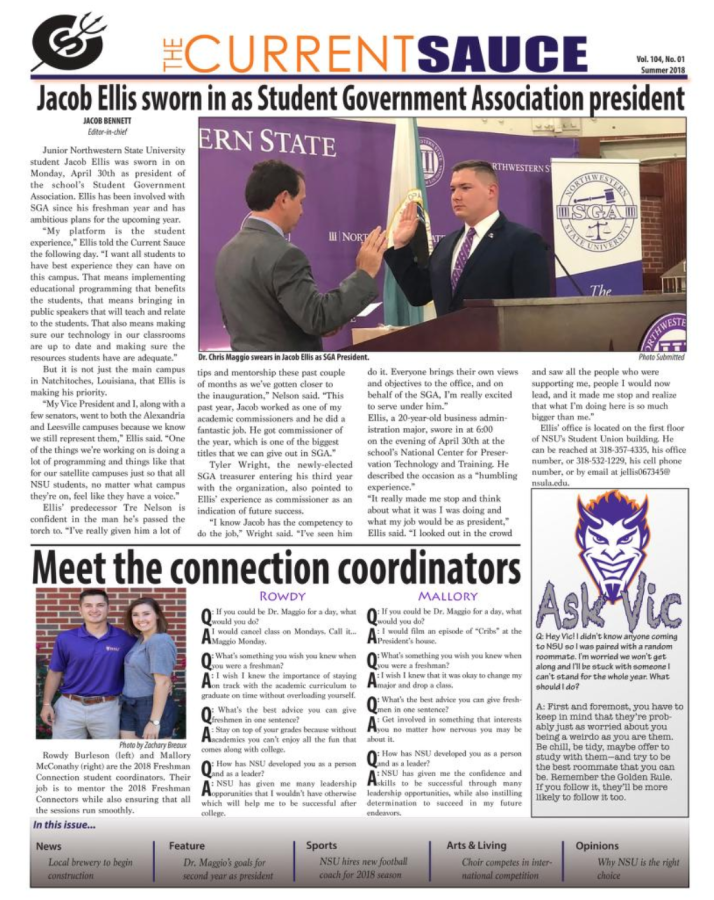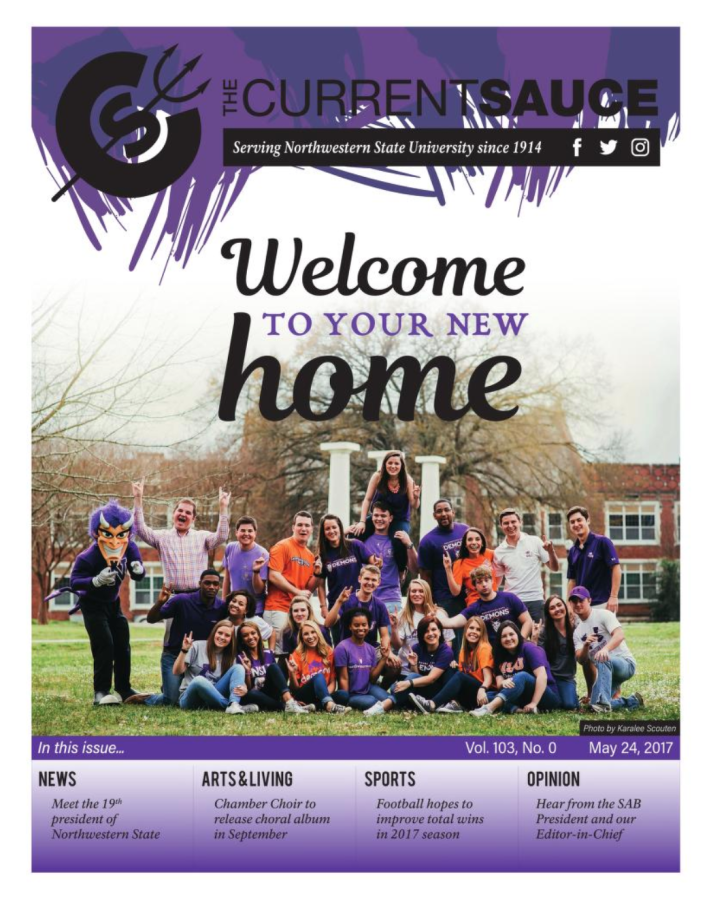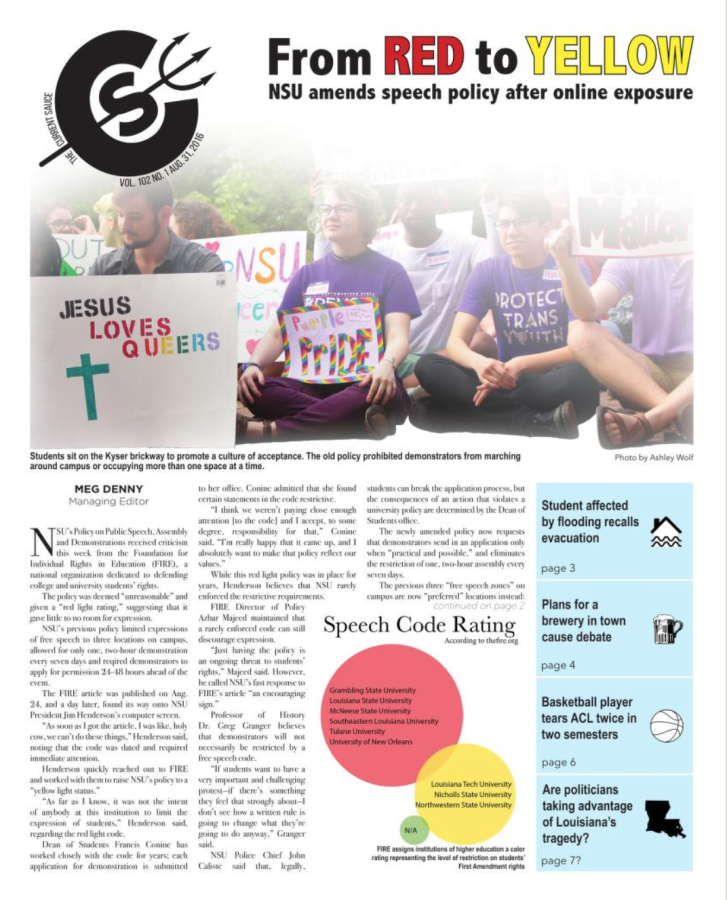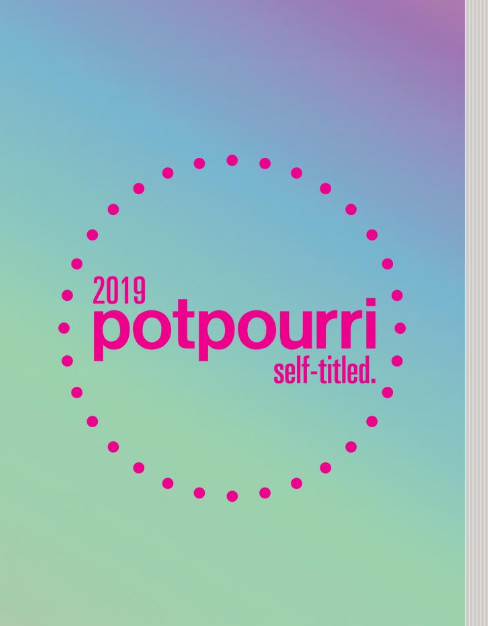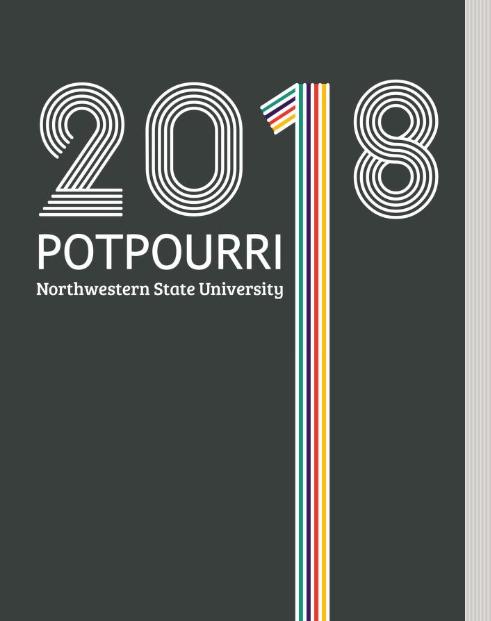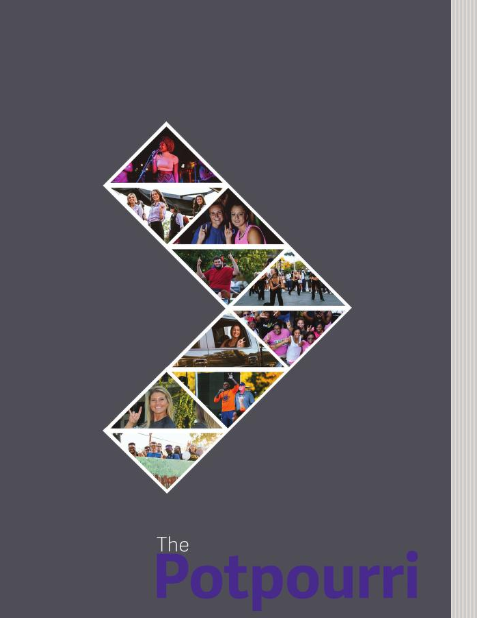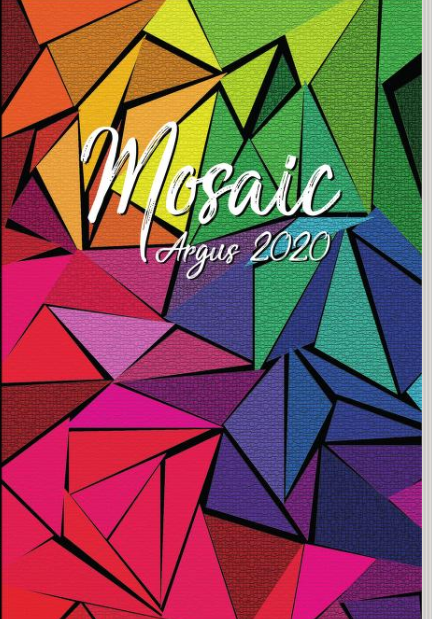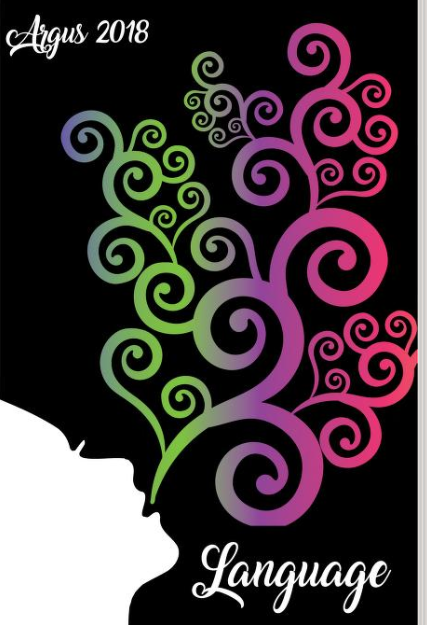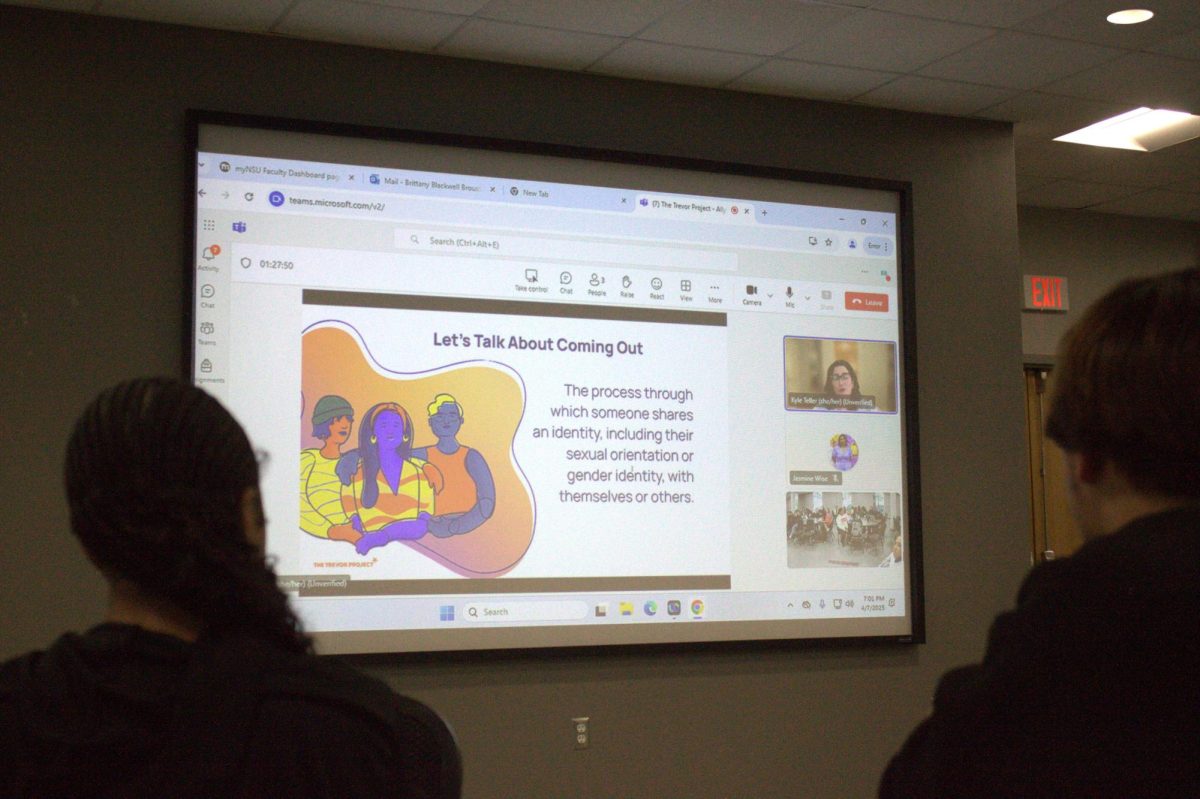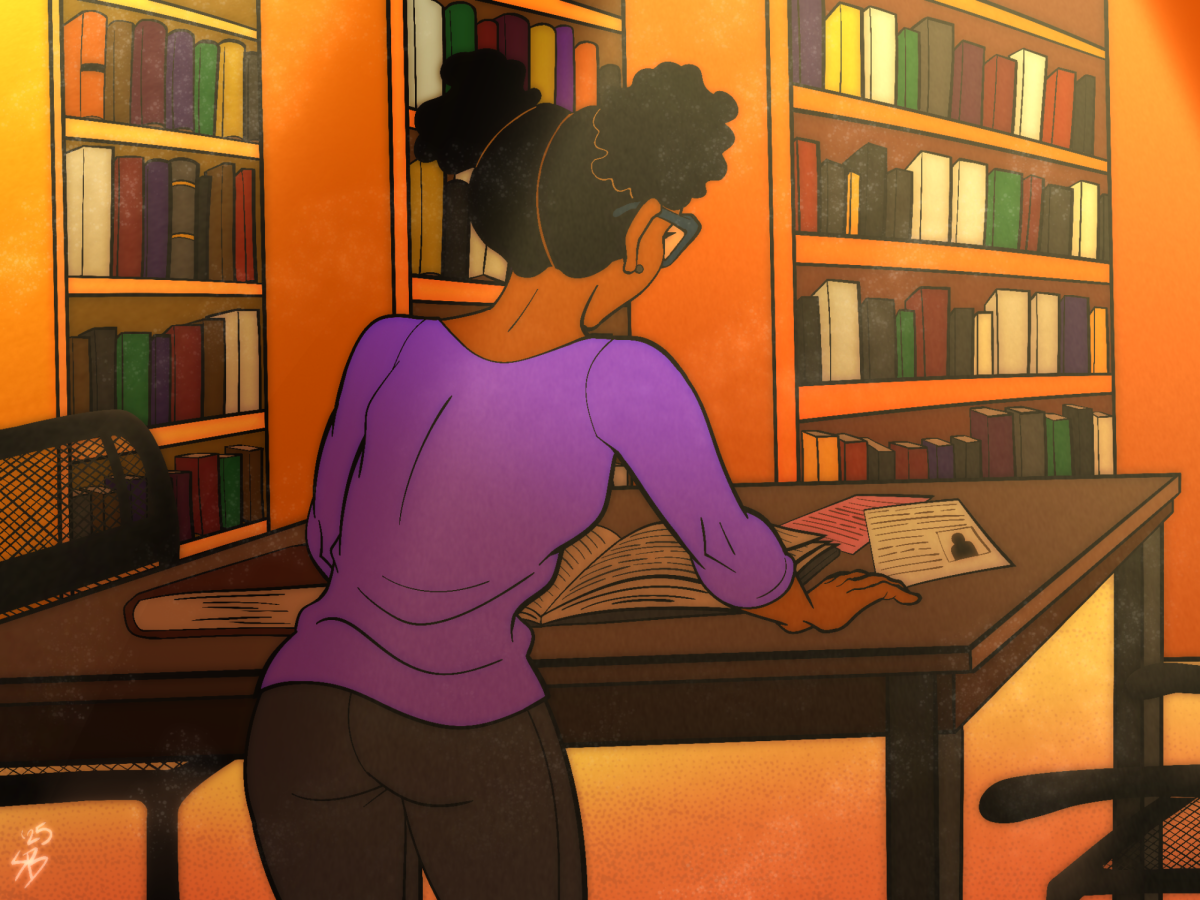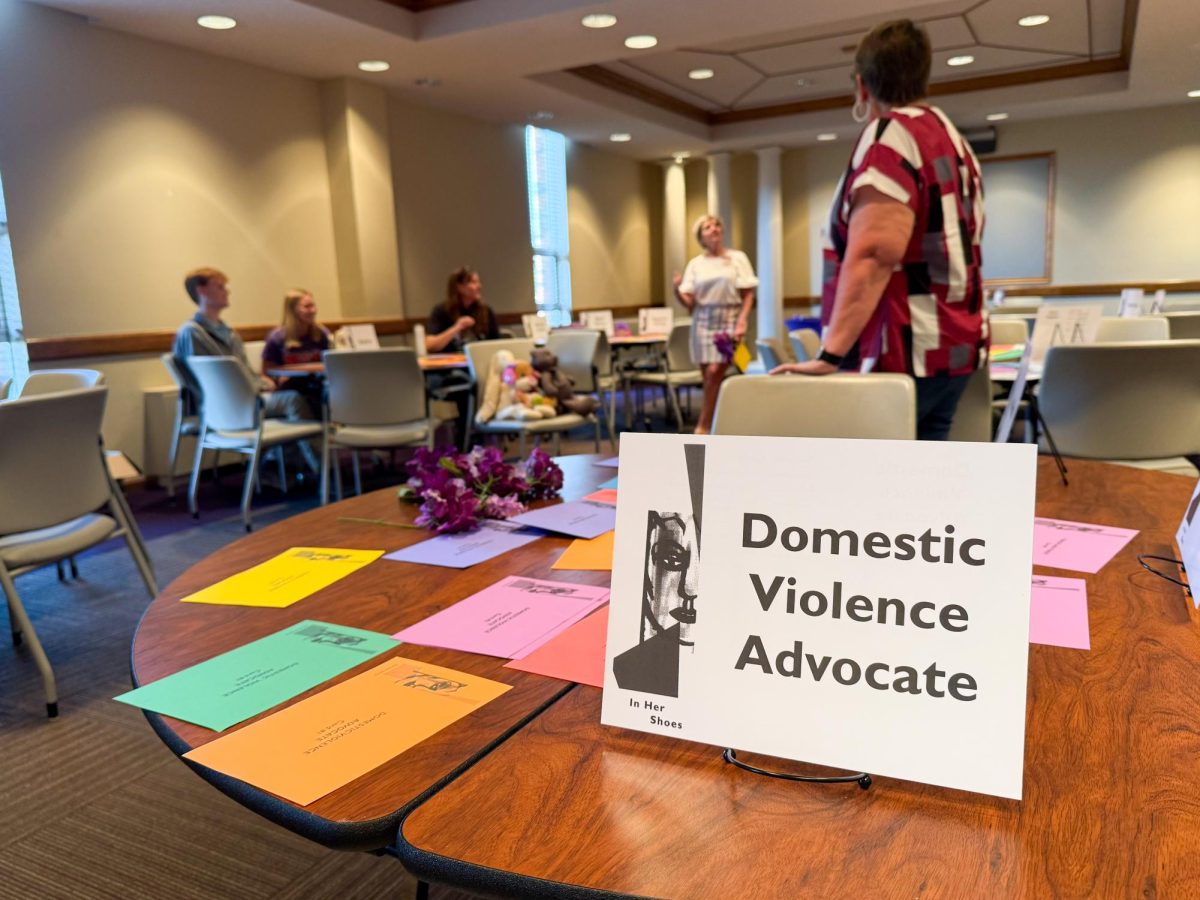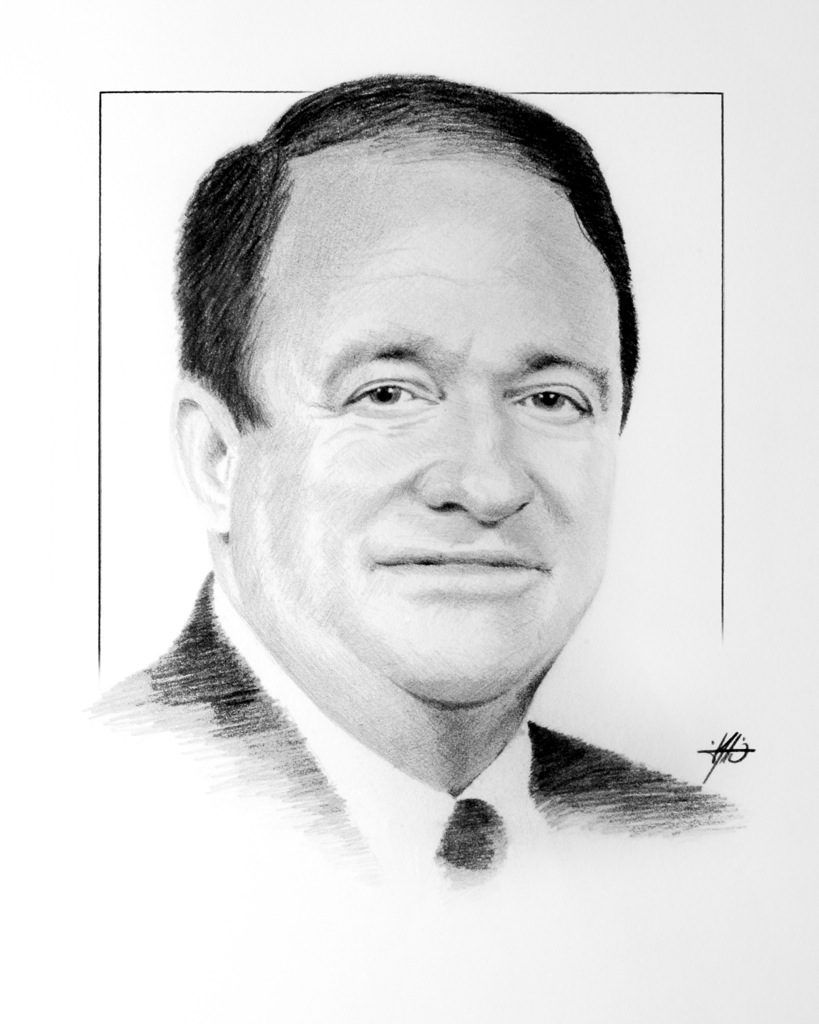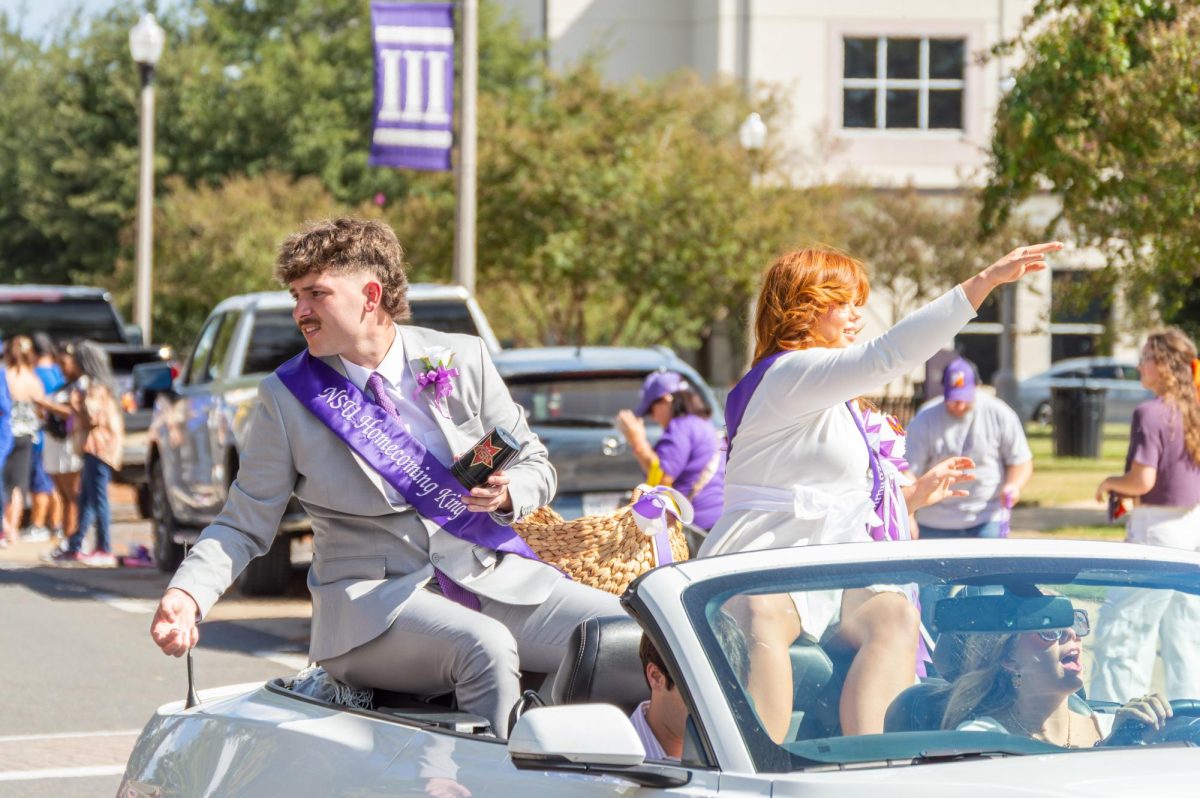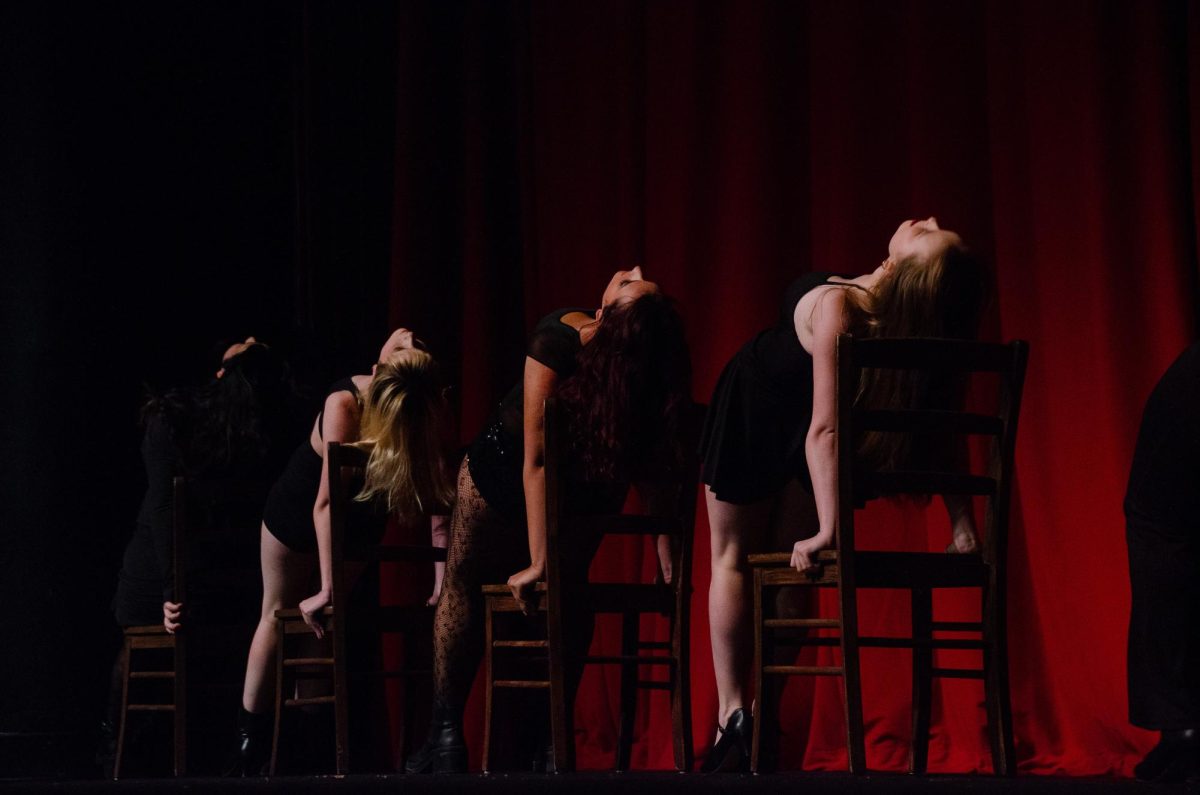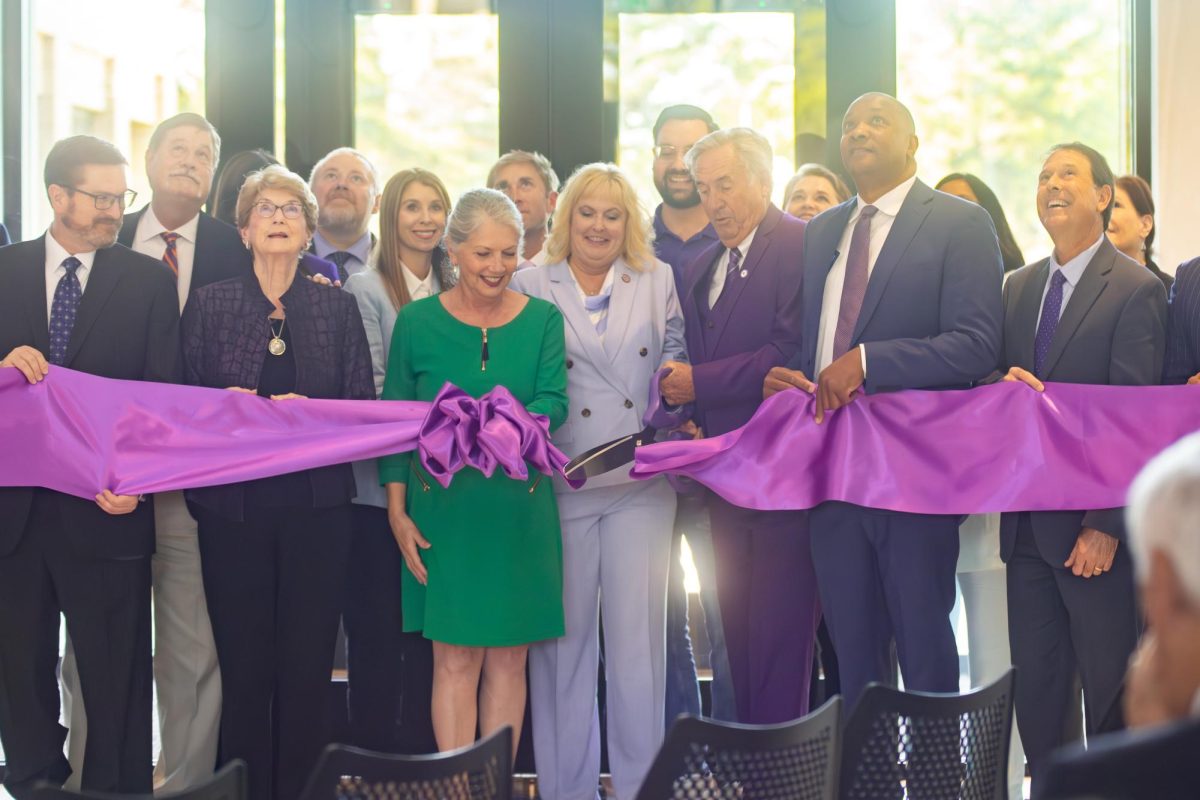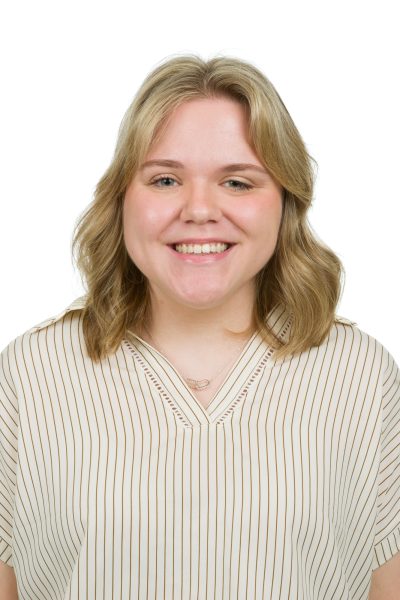In 1996, over 100 students at the University of Virginia took a vow of silence to diminish harassment, prejudice and discrimination toward LGBTQ+ individuals on “Day of Silence.” However, in 2024 the Gay, Lesbian & Straight Education Network (GLSEN) changed the historical title to “Day of (NO) Silence” amongst the current administration’s attempt to erase individuals within the queer community, the GLSEN website states.
This April, Northwestern State University of Louisiana’s Student Government Association (SGA) and Gail Metoyer Jones Center celebrated this day with an inclusive allyship workshop with The Trevor Project. The nonprofit organization strives to end suicide among LGBTQ+ young people. The nonprofit is leading suicide prevention by providing information and support all year round, The Trevor Project website states.
Brittany Blackwell Broussard, director of culture and climate, added why the day is important to recognize. “Day of No Silence serves as a reminder that many in our community go through struggles and experience discrimination that oftentimes leads to self-harm unfortunately,” Broussard said.
Ja’Naya Woodard, junior health and exercise science major and student affairs commissioner for SGA, shared that she has been working with the Gail Metoyer Jones Center and The Trevor Project since February.
Woodard explained that it was necessary to have this event to raise awareness to the LGBTQ+ community and for the NSU community to know what it means to be an ally.
“It is important that we are educated about this community to ensure we treat them with respect and understanding of the challenges they may face. People should know that respect should be given to any and everybody regardless of their race, gender or sexual orientation,” Woodard said.
Kyle Teller, manager of public training for The Trevor Project, shared her role in the organization and why she teaches at events like SGA and the Gail Metoyer Jones Center’s allyship workshop. “This is the education team. I go around the country and educate adults like yourselves on how to be better allies and prevent suicide,” Teller said.
The Trevor Project primarily studies the increasing suicide crisis in the United States. Teller explained that over a 20-year period, suicide has risen by 37%, slightly declined in 2020 and steadily rose again.
“It’s the ninth leading cause of death across all demographics for those ages 10 to 64 in the U.S. It’s the second leading cause of death for those ages 10 to 14, and the third leading cause of death for those ages 15 to 24,” Teller said. “Now, 1.8 million LGBTQ youth seriously consider attempthing suicide.”
Teller added around 60% of the youth that they can identify that experienced discrimination couldn’t receive mental health resources in 2024. The community faces a stigma that forces them to stay silent about what they’re experiencing, but Teller said this year The Trevor Project is seeking an increase in seeking out resources and breaking barriers to denounce stigma.
“If an adult is accepting of an LGBTQ young person in their life, it reduces the risk of suicide by 40%. That’s in most cases, there’s some variable there, but that’s a huge suicide attempt reduction,” Teller said.
Teller shared that suicide data is not coming from strickly how a person identifies, but also other environmental and social factors that influences a person’s decision. Challenging discrimination, bias and stigma can diminish the misinterpretation the community receives.
The workshop was filled with activities to help students become better allies. Teller asked questions like “What are some defining characteristics about being an ally?” and “What are some misconceptions or stereotypes about queer identities?” for proactive learning.
She also went through key terms that the community uses including gender, gender identity, gender expression and sexual orientation. Teller went in detail to explain certain identities and labels that individuals in the LGBTQ+ community use.
Natalia Olvera, senior child and family studies major, heard about the workshop through a friend and attended to interact with others who had similar interests as her.
From Teller’s presentation on gender terms, Olvera learned what it means to identify as intersex. According to the Cleveland Clinic, people who are intersex don’t fit exclusively into the male or female binary sex classification because of their reproductive or sexual anatomy. This can range from having genitals that might not match their reproductive organs or having traits of both, the Cleveland Clinic explains.
“I learned more about what intersex is, it was interesting to learn about it because I hadn’t really understood that. After the event, I purposefully watched an interview about a person that is intersex on YouTube and was able to understand it better,” Olvera said.
Although Olvera felt the workshop was easy for students to understand, she believes more hands-on additions could’ve been implemented. “I would say it could’ve been a bit more interactive, especially since it was a long event,” she said.
Gail Metoyer Jones Center, SGA and The Trevor Project highlighted struggles the LGBTQ+ community faces and invited the student body to learn about “Day of (NO) Silence” through a productive discussion.


